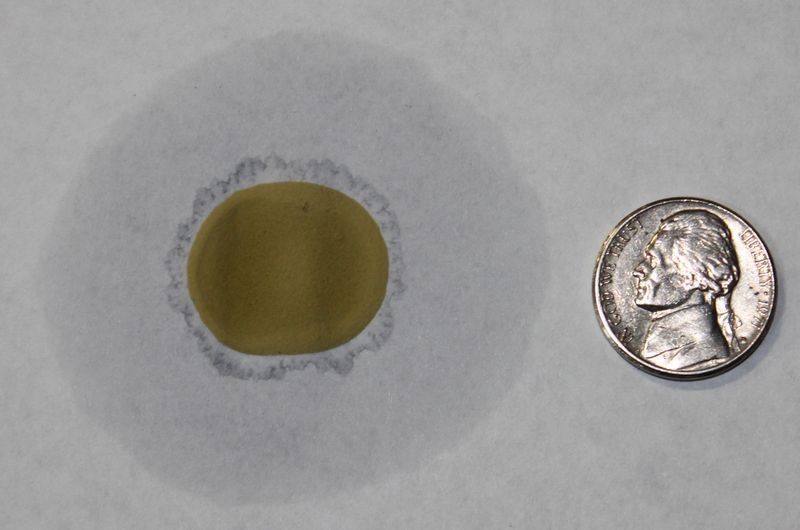Long time lurker here and pretty much a newbie to the buffing/polishing game. I’m hoping you guys can help me with a little problem. A friend of mine just picked up a red ’65 mustang that he’s fixing up for his kid. According to a receipt that he got with the car, the paint on the car is Chroma One Urethane, no clear coat, and is about 12 yrs old. The car has sat outside (here in AZ) without much care taken to keep it looking good so quite a bit of oxidation to deal with.
Anyhow, the problem that we’re having is hazy, whitish, milky, streaks/splotches seem to appear in the paint after cleaning/polishing with a 7424XP, LC flat pads, and Meg’s products. Here’s the weird part. It takes approx 45 to 60 minutes after cleaning before these streaks/splotches start showing up. It’s driving me crazy because right after cleaning an area it looks spectacular. Then after awhile it starts to get hazy/splotchy in some areas.
Here’s a rundown on the process we have used so far. All the pads used are LC 5.5 inch flat pads. So far we have only done the rear quarters, rear panel/roll pan, deck lid, and roof.
Yellow pad – Megs Ultimate Compound – Speed 5/6 - Do each area twice (Melted my backing plate a little L).
Yellow pad – Megs Step 1 cleaner – Speed 5/6 - Do each area once
Orange pad – Megs Step 1 cleaner – Speed 5/6 - Do each area twice
Orange pad – Megs Step 2 polish - Speed 5/6 - Do each area twice – Have not done this yet.
Black pad – Megs #7 Mirror Glaze - Speed 4 - Do each area twice - Have not done this yet.
Wax - Have not done this yet.
Any help/suggestions are greatly appreciated.
Anyhow, the problem that we’re having is hazy, whitish, milky, streaks/splotches seem to appear in the paint after cleaning/polishing with a 7424XP, LC flat pads, and Meg’s products. Here’s the weird part. It takes approx 45 to 60 minutes after cleaning before these streaks/splotches start showing up. It’s driving me crazy because right after cleaning an area it looks spectacular. Then after awhile it starts to get hazy/splotchy in some areas.
Here’s a rundown on the process we have used so far. All the pads used are LC 5.5 inch flat pads. So far we have only done the rear quarters, rear panel/roll pan, deck lid, and roof.
Yellow pad – Megs Ultimate Compound – Speed 5/6 - Do each area twice (Melted my backing plate a little L).
Yellow pad – Megs Step 1 cleaner – Speed 5/6 - Do each area once
Orange pad – Megs Step 1 cleaner – Speed 5/6 - Do each area twice
Orange pad – Megs Step 2 polish - Speed 5/6 - Do each area twice – Have not done this yet.
Black pad – Megs #7 Mirror Glaze - Speed 4 - Do each area twice - Have not done this yet.
Wax - Have not done this yet.
Any help/suggestions are greatly appreciated.

